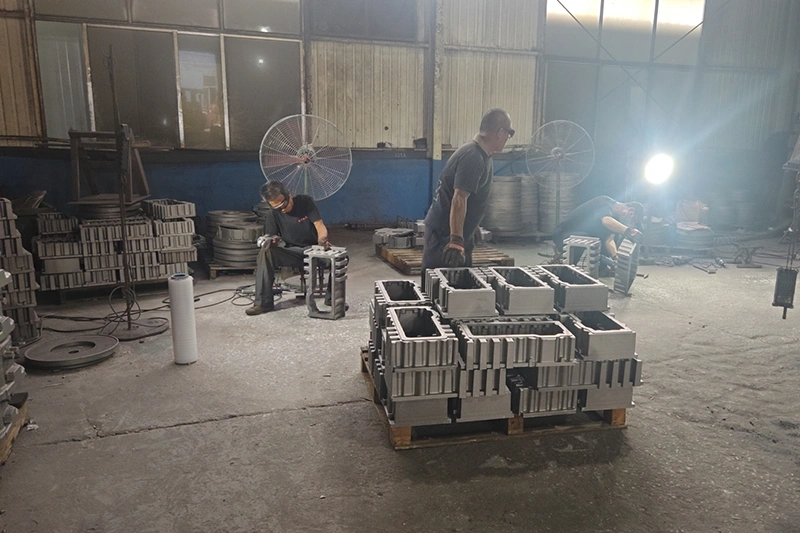Understanding the difference between yield strength and tensile strength can save you from catastrophic failures in aluminum structures. These two properties determine whether your aluminum part will bend, break, or hold up perfectly under stress – yet many engineers confuse them or use them interchangeably.
Yield strength tells you when aluminum starts to permanently deform, while tensile strength reveals when it completely breaks. Getting this distinction wrong means the difference between a slightly bent bracket and a collapsed structure, between a warped engine part and a shattered one.

Yield strength is the maximum stress an aluminum alloy can handle before it starts to permanently deform. When you apply force to aluminum below its yield strength, it’ll spring back to its original shape once you release the pressure. But push it beyond this point, and you’ve permanently bent or stretched the metal.
Think of it like bending a paperclip. There’s a point where you can bend it slightly and it returns to shape. Push harder, and it stays bent forever. That transition point is the yield strength.
Tensile strength is the maximum stress an aluminum alloy can withstand before it completely breaks or fractures. This is always higher than yield strength because the material can continue carrying load even after it starts permanently deforming.
When you pull on an aluminum sample during testing, it first reaches yield strength and starts stretching permanently. Keep pulling, and it’ll eventually snap – that breaking point is the tensile strength.
| Alloy (Series) | Temper/Condition | Yield Strength (MPa) | Tensile Strength (MPa) |
|---|---|---|---|
| 1100 (1xxx – ~99% Al) | O (annealed) | ≥ 20 MPa | ≥ 75–105 MPa |
| 2024 (2xxx – Al-Cu) | T3 (solution treated & cold worked) | ≥ 290 MPa | ≥ 395 MPa |
| 5052 (5xxx – Al-Mg) | H112 (strain-hardened)† | ≥ 70 MPa | ≥ 170 MPa |
| 5083 (5xxx – Al-Mg) | H112 (strain-hardened)† | ≥ 125 MPa | ≥ 270 MPa |
| 6061 (6xxx – Al-Mg-Si) | T6 (solution treated & aged) | ≥ 240 MPa | ≥ 260 MPa |
| 6082 (6xxx – Al-Mg-Si) | T6 (solution treated & aged) | ≥ 250 MPa | ≥ 290 MPa |
| 7075 (7xxx – Al-Zn-Mg) | T6 (solution treated & aged) | ≥ 460 MPa | ≥ 530 MPa |
Most aluminum alloys have a yield-to-tensile ratio between 0.6 and 0.9. Heat-treated alloys like 7075-T6 tend toward the higher end (around 0.9), while annealed alloys fall closer to 0.6.
Yes, heat treatment and cold working can increase both properties together. However, this usually reduces ductility, making the aluminum more brittle and harder to form.
Always use yield strength for safety calculations unless you’re specifically designing for controlled failure. Most engineering codes require staying well below yield strength during normal operation.
Both yield and tensile strength decrease as temperature rises. At 200°C, aluminum alloys typically lose 20-50% of their room temperature strength, with yield strength dropping faster than tensile strength.
Proof stress (often 0.2% proof stress) is used when the yield point isn’t clearly defined. It’s the stress causing 0.2% permanent strain and serves as a practical substitute for yield strength in aluminum alloys.

